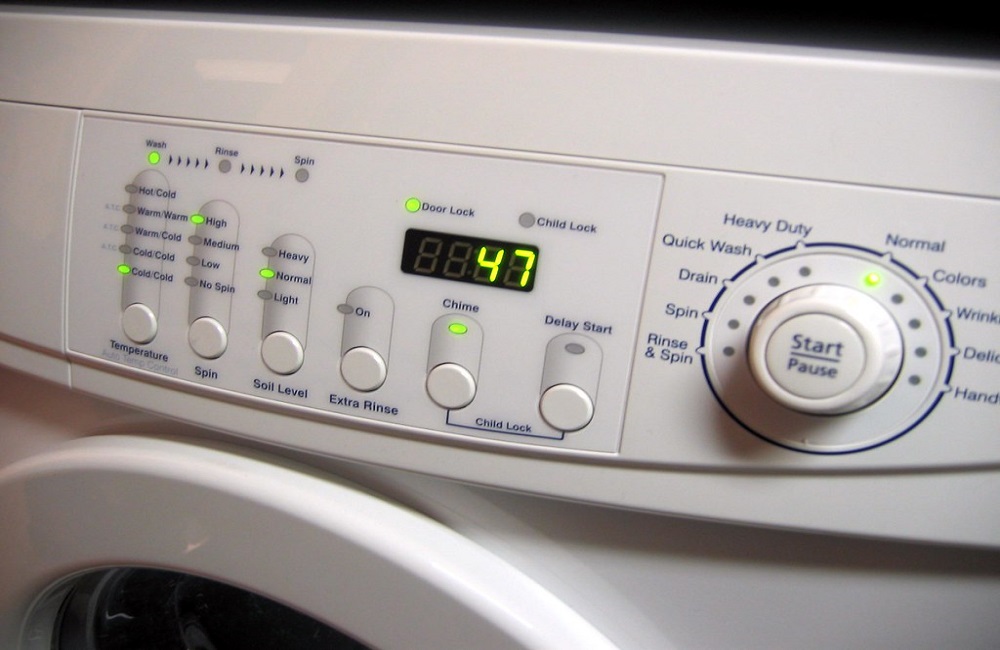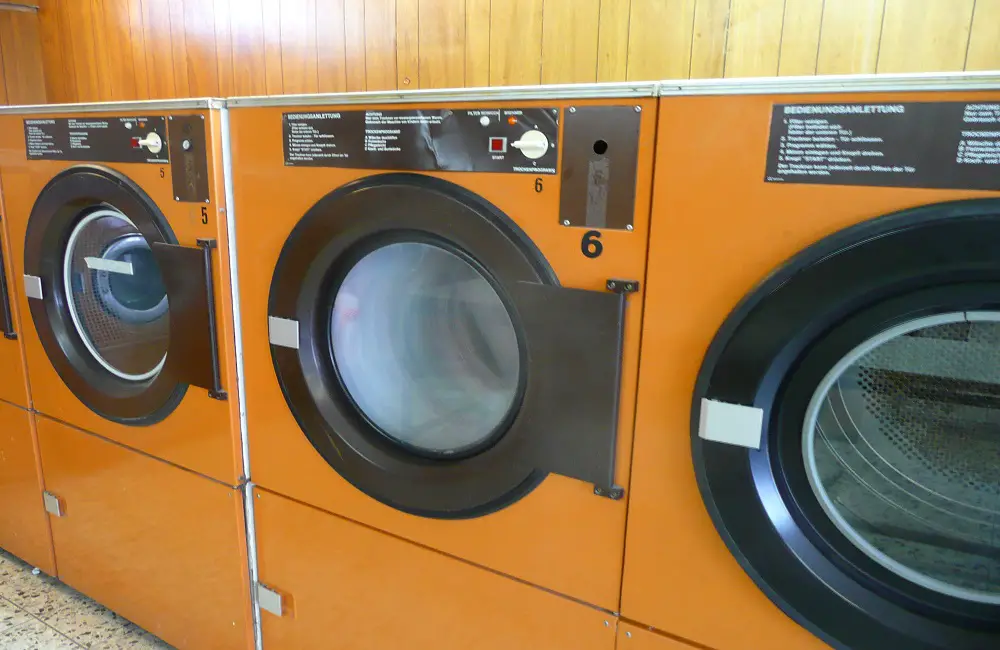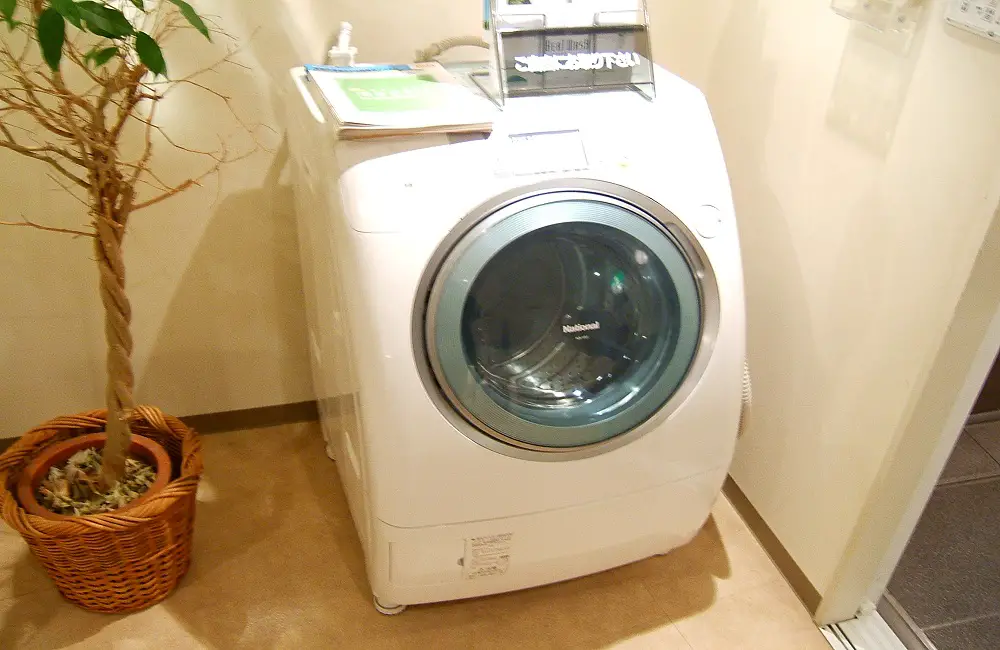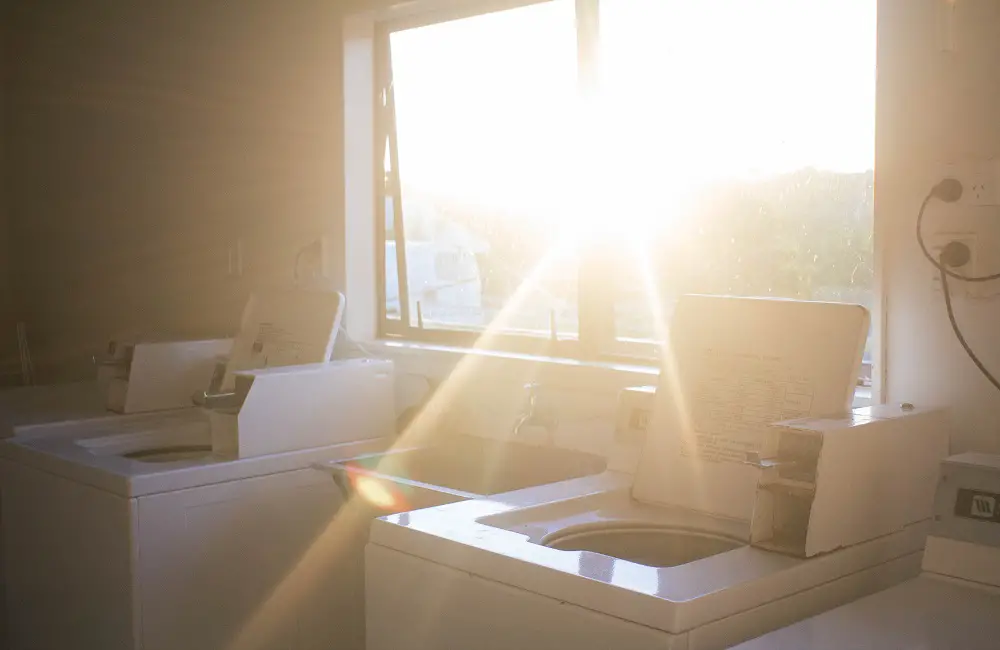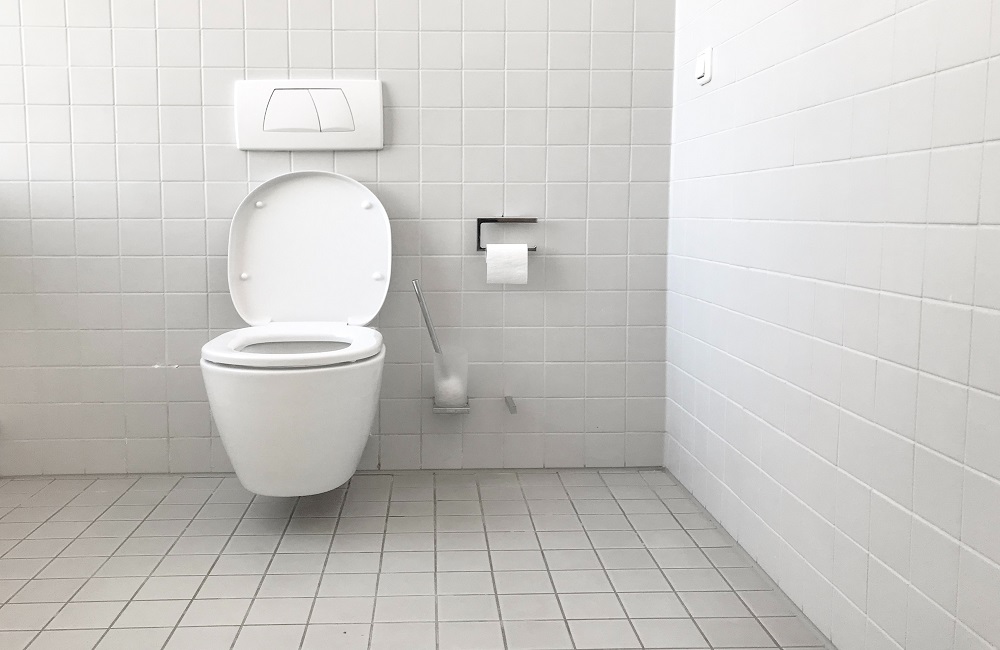Is It Better To Use Lamps Or Ceiling Lights In Your Bedroom?
When it comes to creating a warm and inviting atmosphere in the bedroom, lighting plays a vital role. Your bedroom lighting choices affect not only its ambiance but also your mood and sleep quality. Therefore, it’s essential to choose the right lighting that meets your needs and enhances your bedroom’s overall look and feel. One common dilemma many homeowners face is deciding whether to use lamps or ceiling lights in their bedroom. In this blog post, we’ll explore the benefits and drawbacks of each lighting option to help you make an informed decision. What Is A Lamp? Bedroom lamps come in a variety of shapes, sizes, and styles and can be used to illuminate various areas of your room. Table lamps are perhaps the most common type of bedroom lamps available today. They are perfect for bedtime reading on your nightstand or beside your favorite lounge chair. Floor lamps, on the other hand, can be quite useful in illuminating larger spaces, and come in handy when ceiling lighting is not sufficient. For instance, if you have a walk-in closet, a floor lamp can be a great way to get more light when getting dressed. Additionally, wall sconces are perfect for mounting on either side of the bed to enhance the mood and intimacy of your sleeping space. Secondly, you should be mindful of the type of lightbulb you choose for your lamp. When it comes to bedroom lamps, depending on your preference, you may want to consider warm light bulbs as these give off a yellowish to red hue, which creates a sense of coziness and serenity. On the contrary, cool light bulbs give off a blueish tone, which creates a sense of brightness and alertness. Therefore, you need to decide which type of lightbulb is suitable for your needs before buying a lamp. Thirdly, you should consider the style, color, and size of the lamp you choose. The style is an essential element, as it should match the overall aesthetic of your bedroom. For instance, if you have a contemporary bedroom, you may want to choose a modern or minimalist lamp. Similarly, if you have a traditional bedroom, you may want to choose a classic or antique lamp. Additionally, you should also consider the color of the lampshade as this can affect the light’s warmth and opacity. Finally, the placement of your lamp in the bedroom is critical. As a general rule of thumb, you should place your lamp at or above your eye level. This not only ensures that the lamp is illuminating the area you want it to, but it also helps to prevent excess glare. What Is Ceiling Lights? Ceiling lights are typically the main source of light in most rooms, including the bedroom. They are fixtures that are mounted on the ceiling and provide light to the entire room. However, they are not just functional, they can also be decorative elements of the bedroom decor. They come in a wide range of designs, shapes, sizes, and colors, enabling you to get creative with the aesthetics of your bedroom. There are several types of ceiling lights available in the market, including chandeliers, flush mounts, pendant lights, and track lighting. Chandeliers are quite popular as bedroom ceiling lights, mainly due to their spectacular designs and elegance. They usually consist of crystals and give a warm, luxurious look to the bedroom. Flush mounts are suitable for rooms with low ceilings, as they sit flush against the ceiling. They come in various styles, ranging from minimalist to bold designs. Pendant lights are also a great option for the bedroom, as they hang from a cord and come in different styles, sizes, colors, and materials. If you prefer an industrial look, then track lighting is the way to go. It’s a contemporary and customizable option, which allows you to adjust the direction of the light. Choosing the right ceiling light for your bedroom is an important decision, as it can affect the atmosphere of the room. The first thing to consider is the size of your room. A large room can accommodate bigger and more elaborate light fixtures like chandeliers and pendant lights, while smaller rooms may need something more simple like flush mounts. The second thing to keep in mind is the style of your bedroom decor. If you have a traditional or classic style, then choosing a chandelier or flush mount would be ideal. The third thing to think about is your personal preference. Ceiling lights come in a wide range of colors, materials, and styles, so choose something that reflects your personality and style. Proper placement of your bedroom ceiling light is also important. It should be placed in the center of the room, aligning with the bed. This will provide maximum illumination, making it easier to read, dress, or do any other activity in the bedroom. Additionally, you can install dimmer switches to regulate the brightness of the light and create different moods in the room. Is It Better To Use Lamps Or Ceiling Lights In Your Bedroom? Ceiling lights are a great option when you want maximum illumination throughout your bedroom. They cast light in all corners of the room, and you don’t need to worry about dark spots. There are different types of ceiling lights available, including flush mounts, semi-flush mounts, pendants, and chandeliers. Flush mounts are ideal for low ceilings, while pendants and chandeliers can add an elegant touch and create a focal point in the room. However, one major drawback of ceiling lights is that they can be a bit hard on your eyes, particularly during reading or relaxation time. Lamps, on the other hand, provide a soft and cozy glow that’s perfect for creating a relaxing ambiance in the bedroom. They come in various sizes, colors, and styles, giving you the opportunity to choose one that complements your room’s décor. Lamps are also versatile and can be placed in different spots to create layered lighting that adds depth and dimension
Is It Better To Use Lamps Or Ceiling Lights In Your Bedroom? Read More »




